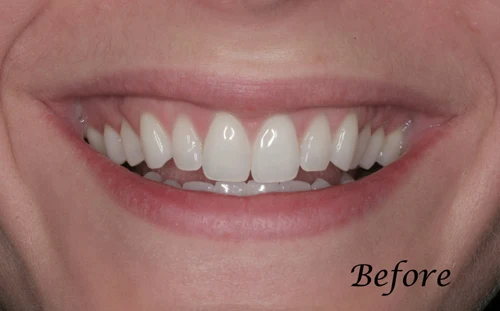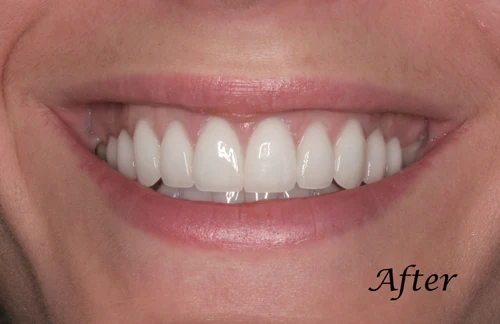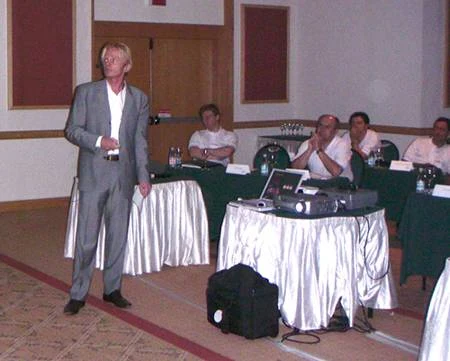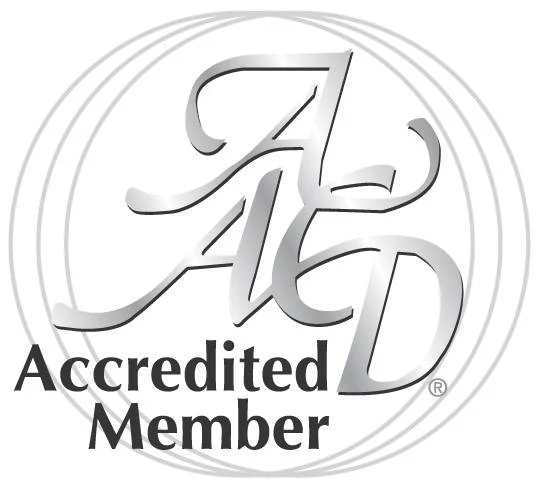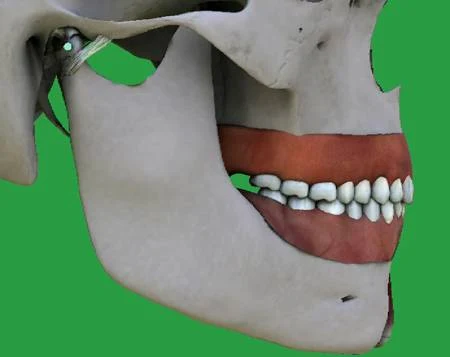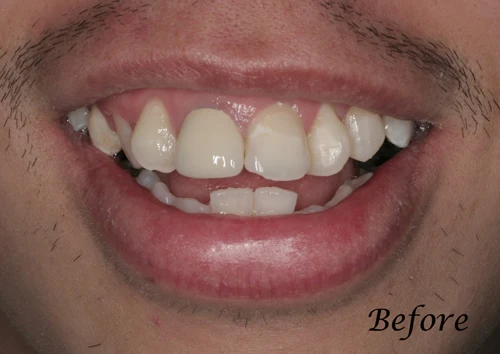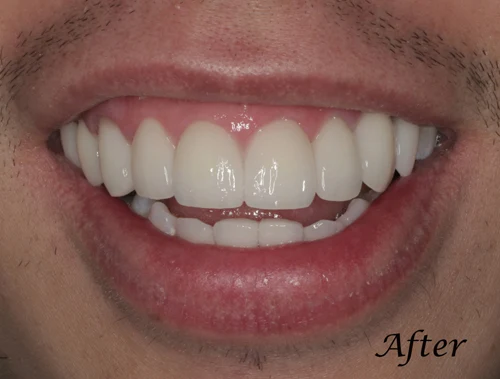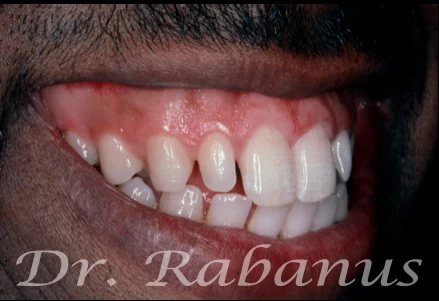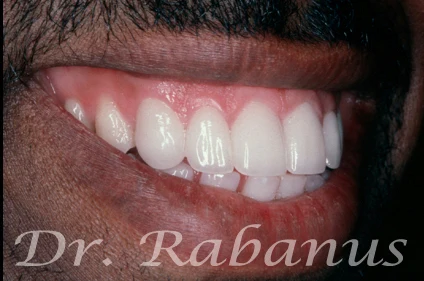What is Cosmetic Dentistry?
Cosmetic Dentistry is a service provided by dentists who apply the most advanced science and technology to replace missing and create natural teeth. It is a branch of dentistry that deals with smile-enhancing treatments. While every dentist is licensed to deliver the entire spectrum of dentistry, only a few have attained advanced skills and knowledge in the field of cosmetic dentistry. After successful examination and treatment presentations, they are accredited by the AACD. While everyone enjoys the beauty of things, our societies have only recently developed the technology and the materials to reproduce teeth with identical physical and optical properties to their natural counterparts.
What are porcelain veneers?
Porcelain Veneers are thin shells of ceramic materials that are bonded to outer surfaces of teeth to improve their appearance. They are used as simple solutions to correct dental misalignments, spacing, chipped teeth, and tetracycline-stained teeth. While they used to depend on an etched enamel surface to withstand the forces in a person’s mouth, they can now safely bonded to dentin, which significantly broadens the spectrum of applicability as well as the rate of survival. Many scientific publications have demonstrated that the 10-year survival rate of the restorations is on average greater than 97%. Their success depends very much on the experience and dexterity of the dentist.
What are dental implants?
Dental implants are cones that are inserted into the upper and lower jawbones. They are used to anchor artificial teeth in form of crowns and bridges. Implants are typically made from titanium. The concept of implants was developed in 1951 quite by accident. Per-Ingvar Branemark did research about bone healing at the University of Lund in Sweden. It involved the screwing in of a titanium cylinder into the bone of an animal test subject. At the end of the study, Prof. Branemark realized that the titanium cylinder had fused with the bone. This motivated him to redirect his research into osseointegration, the mechanism by which titanium implants fuse with the bone. Their safety was accepted in 1982.
Crowns and bridges
Crowns and Bridges are fixed and rigid dental prostheses. While they used to consist of precious metals, dental material research has developed tooth-colored materials that compare with the physical strength of natural teeth. They now share all the optical characteristics of naturally developed teeth. Continuous research has improved important parameters, such as modulus of elasticity, hardness, tensile strength, and fracture toughness to obtain materials that will behave like real teeth, feel and look natural, and will integrate into the mouth without being perceived like a foreign body. These tooth-like restorations are used both in the aesthetic zone of front teeth as well as the back teeth.
Teeth Bleaching
Teeth Bleaching is very popular. It is a simple way to enhance the appearance of a smile. Teeth are whitened by attaching a medium of carbamide peroxide or hydrogen peroxide on the surface of the teeth and let the chemical process take place. Carbamide peroxide breaks down into hydrogen peroxide and is mostly used for home-bleaching applications. It has about a third of the strength of hydrogen peroxide. This means that a 15 percent solution of carbamide peroxide is the rough equivalent of a five percent solution of hydrogen peroxide. Teeth may have extrinsic or intrinsic stains. Extrinsic stains can be removed by regular tooth brushing and prophylactic dental cleaning. Intrinsic stains are caused by trauma, aging, and exposure to tetracycline during tooth formation. These kind of stains need to be treated with bleaching agents or porcelain veneers.
Family Cosmetic Dentistry
Family cosmetic dentistry may include basic cosmetic dental services for the entire family, such as Invisalign, tooth whitening, and maintaining healthy mouths and teeth. A healthy mouth is attractive. Regular prophylactic recalls keep the appearance of teeth healthy and attractive. Offices that offer these services usually have two or more dental hygienists and more than one dentist. This allows the particular office to deliver services to an entire family at the same appointment. Parents are busy people and may seek an office that helps them save time. This type of dental practice is commonly found in the suburbs of large cities.
Dental Veneers
Dental veneers are thin and tooth-colored porcelain shells that are used to enhance the aesthetic appearance of teeth. They are used to enhance and rejuvenate smiles by correcting a variety of aesthetic shortcomings. One example are small teeth, which often have spaces next to each other and lack proper proportions. Their smiles appear timid. They are prime candidates for porcelain laminates since they need to be enlarged, which requires only a minimum amount of enamel removal. Some companies advertise lumineers as a solution for small teeth. They are advertised as preparation-free restorations. However, all teeth need to be minimally prepared to allow for perfect margins. These kind preparations are still ultraconservative and the tooth reduction is only dictated by porcelain requirements.
Cosmetic Dental Practice
A cosmetic dental practice is not quite as large as a clinic and may be considered a boutique-type business. It caters to the individual needs of busy professionals. One will usually find only one dentist and very few staff. The appointments need to be scheduled in advance. Services, times and lengths of appointments are very much catered to the needs of the individual. Some offices offer evening and weekend appointments, which will help the busy professional to get his often complex dental situation handled in a focussed manner. Communication is very important, and exclusive appointments ensure that every single goal is thoroughly outlined and discusses. The dentist then establishes realistic expectations by meticulously explaining all treatment options and their benefits and drawbacks. This kind of attention is not possible in a busy clinic.
Implant Dentistry
Implant dentistry is the field of dentistry that deals with the osseointegration of dental implants, the manipulation of periimplant tissues, alveolar ridge preservation, and the placement of prosthetic attachments. It involves the teamwork of at least two specialists, the surgeon and the prosthodontist. While the osseointegration has become very predictable, much is to be desired regarding the development of a natural appearing periimplant tissue and alveolar ridge preservation. The interface of implant and gumline as well as the height of the bone surrounding the implant are still some of the most challenging areas in dentistry. However, this field of dentistry is well on its way to meet the current challenges.
Dental Bridges
Dental bridges are fixed dental prostheses that close gaps due to missing teeth by linking the teeth adjacent to the gap. The tooth attachments are called ‘abutments’ while the part that connects the anchor teeth is called a ‘pontic.’ It is evident that dental bridges encounter much higher forces than crowns. Therefore, the material of choice was until recently precious metal or at least a core of precious metal that is covered with porcelain (porcelain-fused-to-metal). With the event of dental zirconia formulation and very strong porcelains, many bridges can be metall-free today. Due to the maintenance of the height of the osseous ridge and the lack of shrinkage of gum tissue that often coincides with the placement of implants, dental bridges are a valid option.
Porcelain Crowns
Porcelain crowns are fabricated with the same materials as dental veneers. They have the same aesthetic requirements. In addition, the have to withstand higher masticatory forces and are involved in oral function. Therefore, they have to be designed very meticulously. Upper anterior crowns have to respect the closure path of the lower lip on the facial aspect of the tooth and the envelope of function on the lingual side of the tooth. While they should provide guidance for the lower dental arch via their lingual surfaces, the occlusal contacts should be light and to interfere with the habitual freedom of the lower jaw. Materials of choice for the aesthetic zone are porcelains, such as Empress Esthetique, Authentic, and feldspathic porcelain.
Cosmetic Teeth Bleaching
Cosmetic teeth bleaching is just another term for tooth whitening. It increases the attractiveness of a smile by simply whitening the teeth. It works by a redox reaction, which breaks down dental pigments. Peroxide has the ability to penetrate the outer enamel and, by way of releasing free radicals, oxidizes the stain producing organic compounds that of the enamel's matrix. The oxidized compounds are cleaved into smaller derivatives. The residual randomly organized molecules reflect the entire spectrum of light in all directions and are therefore colorless (white). The net result of this oxidation process is a whiter tooth.
